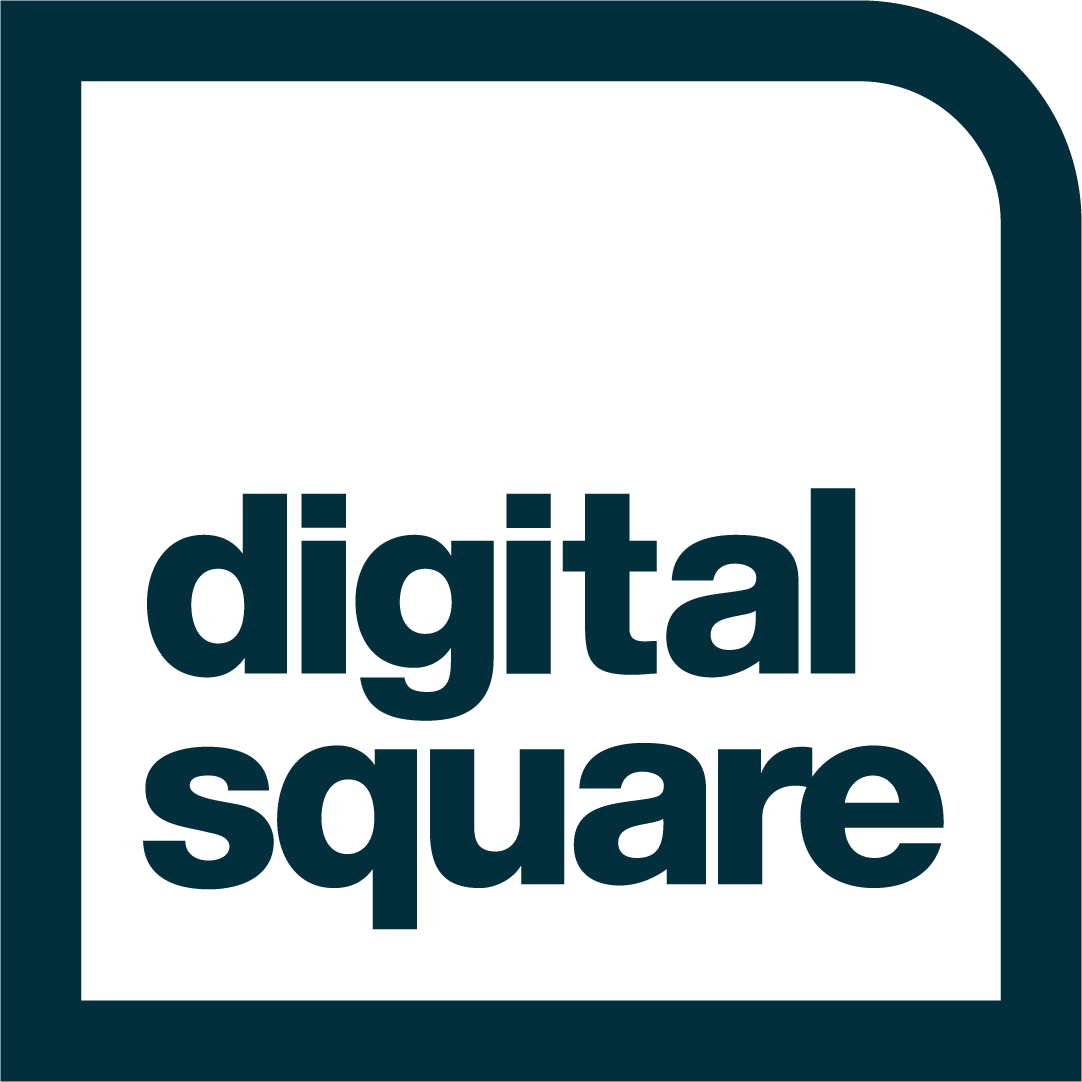Hesabu allows health programs (M&E, PBF, LMIS and others) that use DHIS2 as a data management tool, to define and execute complex, chained computations (Excel-like) on their data and reload the results directly in DHIS2 to be used as any other data value.
While Bluesquare has been focusing on turning Hesabu into a powerful open source tool to provide easy to manage computations on top of DHIS2, with this investment we would like to improve its shelf-readiness through supporting the users in the set-up, improving modules and documentation.
Bluesquare has been developing Hesabu, an advanced computing engine working on top of DHIS2 since 2015, with the goal of replacing custom software by an open source solution connected to a widely used open source data platform. This allows it to continue to leverage the DHIS2 data entry and reporting capabilities, while getting the additional computing power that was needed by many Health Financing projects. Over time, Hesabu’s applications have grown and to date it has been used in over 15 countries, including DRC, Cameroon, Burundi, Senegal, Haïti, Madagascar etc... for many different projects in different areas, from logistics to Monitoring and Evaluation.
The time is right to further improve its evolution as a shelf-ready, open source tool in support of the many programs where it is in use. We know that the need for its computation power is something of interest in the broader DHIS2 community, so the key benefit from a shelf readiness investment would be to make its installation and use by other parties much easier, and thus reinforce the tool’s use and growth over time for more cases and program management.
To achieve this, Bluesquare, apart from Hesabu’s development experience, will not only build on its experience in the health information system but also on the expertise it has acquired in the development of interoperable tools (D2d) and the support for the development of other open source tools (OpenImis).
Bluesquare is a company specializing in data systems and technologies in the health sector. We have gathered a unique blend of expertise in the fields of information technology, software development, data science and modeling and public health with a team 40-strong working from Belgium, the DRC, Senegal, Burundi, Zimbabwe, Senegal and the USA. We work in over 30 countries developing tools and data systems for program M&E, health financing and logistics. Our central focus is to support health program teams to develop and adopt innovative solutions that support improved performance of the health systems they serve.
Bluesquare brings a rich experience in digital health financing tools in support of Result Based Financing - we manage the data systems for several of the largest RBF programs in sub saharan Africa - including the DRC and Nigeria and are invested in openIMIS - another open source tool focused on health insurance.
The following projects have been registered in the Digital Health Atlas:
Cameroon: http://digitalhealthatlas.org/project/CM4ed06188
Hesabu is currently being used in approximately 15 countries including: Senegal, the Democratic Republic of the Congo, Cameroon, Ethiopia, Nigeria, Cameroon etc.


Comments
Deliverable timeline
Hi Marie-Hélène,
Thanks for your concept note for Notice E0. Please include an anticipated timeline to meet deliverables. Final concept notes are due May 22 at 5pm EDT.
Thanks,
Caitlin
A few thoughts from the team:
A few thoughts from the team: